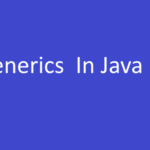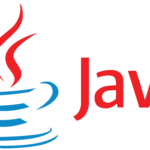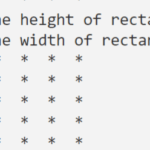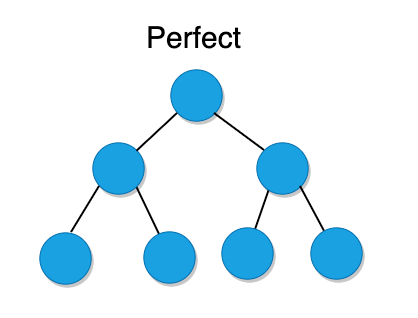Comparison between Java, Python and C++ programming languages.
In the ever-evolving world of programming, choosing the right language can feel like navigating a maze. With so many options available, three languages often stand out: Java, Python, and C++. Each has its unique strengths and weaknesses that cater to different needs in software development. Whether you’re building web applications, diving into data science, or developing high-performance systems, understanding these languages is crucial. This comparison will shed light on what makes each one special and help you decide which may suit your next project best! Let’s dive deep into the realms of Java, Python, and C++.
About Java
Java is a versatile, high-level programming language that has stood the test of time. Developed by Sun Microsystems in 1995, it quickly gained popularity for its “write once, run anywhere” principle. This means code written in Java can run on any platform with a compatible Java Virtual Machine (JVM).
The syntax of Java resembles C++, making it easier for developers familiar with those languages to adapt. Its robust object-oriented features promote reuse and scalability.
One standout aspect of Java is its extensive libraries and frameworks, like Spring and Hibernate. These tools simplify complex tasks, allowing developers to create powerful applications efficiently.
Moreover, strong community support ensures constant updates and enhancements. With an emphasis on security and performance, Java remains a go-to choice for enterprise-level applications as well as Android app development. The commitment to backward compatibility also means your older projects continue functioning seamlessly in new environments.
About Python
Python is a high-level programming language known for its simplicity and readability. It’s designed to be easy to learn, making it an ideal choice for beginners. With its clear syntax, Python allows developers to express concepts in fewer lines of code compared to languages like Java or C++.
The versatility of Python is one of its greatest strengths. You can use it in various domains such as web development, data analysis, artificial intelligence, machine learning, and more. The rich ecosystem of libraries and frameworks enhances productivity significantly.
Another appealing aspect is the active community that supports newcomers and seasoned professionals alike. This support results in a wealth of resources available online—from tutorials to forums—making it easier than ever to find solutions or guidance.
With continuous updates and improvements, Python remains relevant in the fast-evolving tech landscape. It’s not just a trend but also a powerful tool driving innovation across multiple industries.













